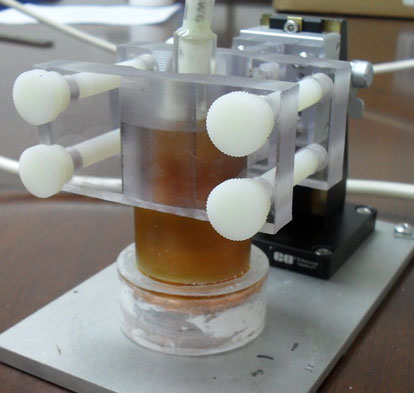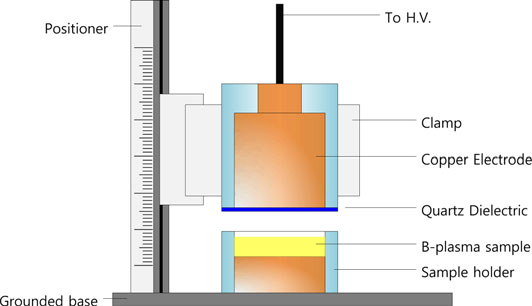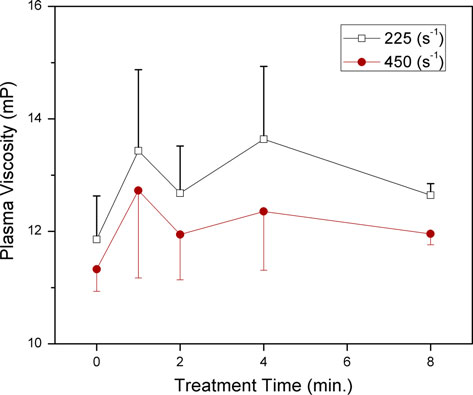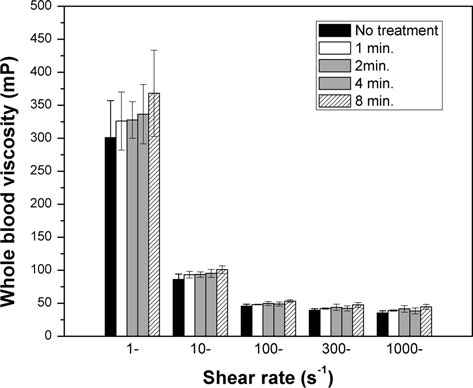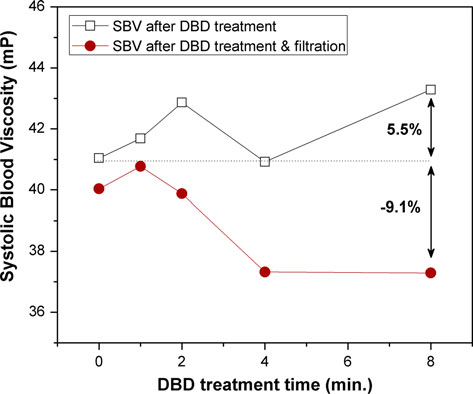Microsoft word - publication.doc
MISE EN FORME ET CORRECTION : Dr Claudine RESSEL-SCHUMACHER Avec la col aboration de : Dr Roselyne ILTIS et Isabel e WENGER, IDE Groupe Expert de la Société de Gérontologie de l'Est Dr Claire GROSSHANS Pôle de Gérontologie Clinique MULHOUSE Merci à AGIRA pour son soutien financier 1. Généralités……………………………………………… p. 1 à 24 2. Rétention urinaire – Dysurie …………………… p. 25 à 32 3. Instabilité vésicale – Hyperactivité vésicale . p. 33 à 41 4. Polyurie nocturne et Nycturie …………………. p. 42 à 52 5. Infection urinaire …………………………………… p. 53 à 58 6. Rééducation sphinctérienne ……………………. p. 59 à 67 7. Traitements médicamenteux …………………. p. 68 à 97 8. Sondage vésical ……………………………………. p. 98 à 102 9. Incontinence fécale – Constipation …………. p. 103 à 106 10. Divers ………………………………………………… p. 107 à 120 Auteurs Lexique





